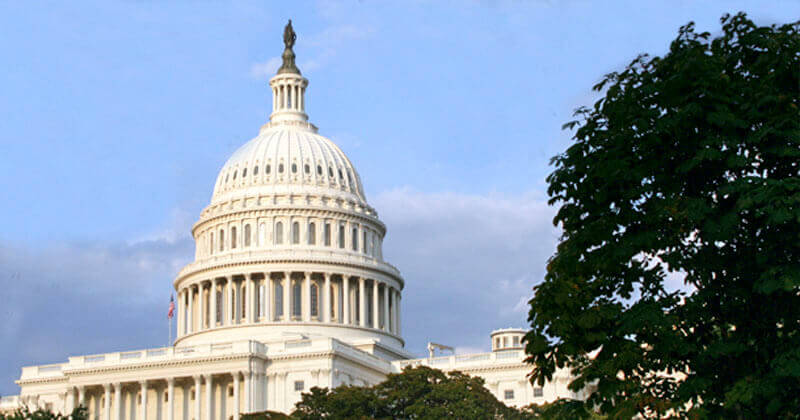Ashley BennettGHTC
Ashley Bennett is a Policy and Advocacy Officer at GHTC.
After two-and-a-half weeks in limbo, government employees were able to return to work on October 17th—when Congress finally reached a temporary agreement to re-open the government. As we’ve highlighted previously, many federal employees involved in the day-to-day work of global health research programs were furloughed during the government shutdown, leading to lost research and delayed studies.
While government employees have been catching up on email and trying to recover work that was slowed or halted by the shutdown, policymakers have been taking tentative steps toward negotiating a longer-term budget deal. While we have more answers now than we did a week ago, things are still murky—and long-term answers about the budget are still unknown.

October budget deal
The congressional deal reached on October 17th contained short-term fixes to three major issues:
Spending levels for federal research programs
The deal extended current fiscal year (FY) 2013 post-sequester spending levels through January 15, 2014. While FY 2013 levels for global health initiatives, including research programs, at the State Department and US Agency for International Development have fared relatively well when compared with other foreign aid accounts, we saw drastic cuts at agencies such as the National Institutes of Health, the Centers for Disease Control and Prevention, and the Department of Defense—all of which support vital global health research and product development efforts. These funding cuts will remain in the budget deal reached last month. It’s detrimental to scientific progress when increasingly reduced research budgets become the norm. Coupled with the lack of a compromise on the debt ceiling level, such actions hurt US financial credibility and the nation’s leadership in research for new technologies to aid in the fight against disease.
Budget Conference Committee
As part of the shutdown deal, Congress established a Budget Conference Committee, tasked with coming to agreement that both chambers can agree upon to fund the government past January 15, 2014. Leading the Budget Committee is House Budget Chair Paul Ryan (R-WI) and Senate Budget Chair Patty Murray (D-WA). The conference is a bi-partisan, bi-cameral group made up of 29 Members.
While the committee has several options, a major focus will be replacing the sequester. A second round of sequestration cuts will automatically kick in on January 15, 2014, if Congress doesn’t pass a budget solution that includes targeted, smart cuts. Both Republicans and Democrats have expressed an eagerness to reach a deal, but ideas for how to do so continue to appear miles apart, with no sign of moving toward a compromise. It is more likely that if the Budget Conference Committee comes to an agreement, it will address the final FY 2014 budget—including the upcoming January 15, 2014, sequester cuts—but go no further. This approach is really nothing new, since it essentially replaces the normal order of appropriations for FY 2014.
The Budget Conference Committee held its first meeting on October 30th, and its next public meeting is scheduled for November 13th. Opposition to the continued budget purgatory seems universal. Several advocacy groups, including InterAction and the Business Roundtable, have sent letters to members of the committee urging them to come to an agreement quickly.
We agree with these pleas for a long-term budget solution. As we saw earlier this year, debating budgets for two different fiscal years simultaneously is not productive and is a poor way to set programmatic priorities. While it may seem usual business these days to have concurrent debates on the traditional budget, the sequester cuts, and the debt ceiling, we’re hopeful that this budget conference committee will act boldly to reset the process by rapidly agreeing on final FY 2014 funding levels and a long-term debt ceiling compromise. Congress and the Administration should then be able to move on to the myriad of other priorities they have on their plates.